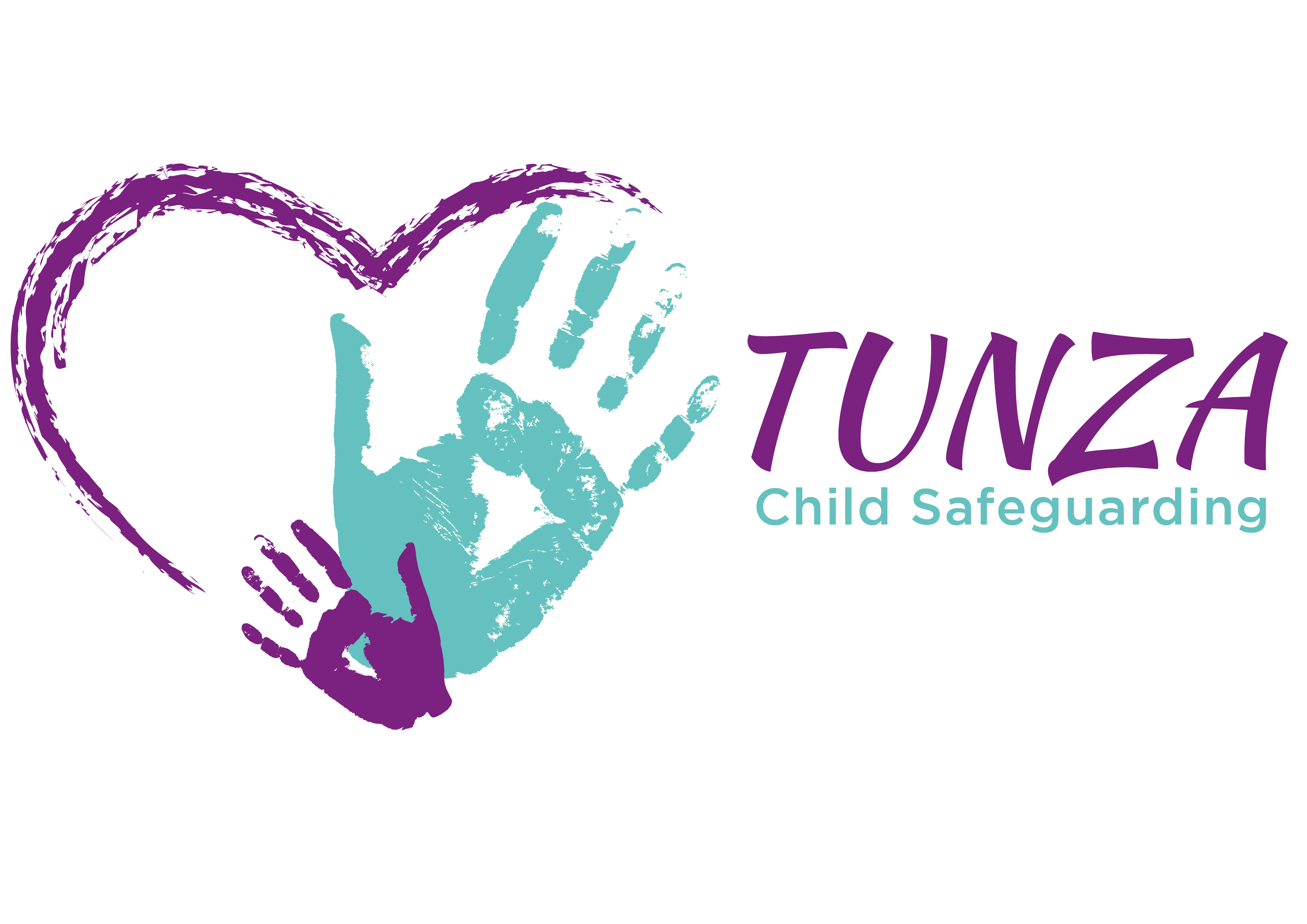What does Child Safeguarding mean for Corporates?
Every day, in every country, children are abused, beaten, raped, and more. Too often, the abuser is someone the child knows and trusts. They may even work for an organisation that’s meant to help children, but they abuse their power and the child’s trust. Tragically, it’s children in already desperate situations who are most at risk. As recent reports have shown, no sector is immune; children have been abused by NGO workers, by peacekeeping personnel, teachers, sports coaches, religious leaders, and staff in the corporate sector.
In 2016, an airline settled a case regarding the abuse of 38 children aged 5–18. The case centred on the actions of a pilot who allegedly abused children over the course of 2001–2013 while volunteering at company-sponsored orphanages in Kenya and Uganda. The prosecution argued that the company could be held vicariously liable for the pilot’s actions and that the airline had a duty of care for the children abused in company-sponsored orphanages. The airline agreed to the settlement but denied liability. In response, lawyers for the survivors said, “This settlement should send a message to organizations which send their employees to work or volunteer with children. They need to ensure proper safeguards are in place to prevent such horrific acts.”
Lesson learned: If the airline had effective safeguarding procedures in place, this abuse could have been prevented. For example, if appropriate recruitment, training, and procedures for engagement at the orphanage, as well as reporting structures for flagging concerns had been in place, the pilot might never have been recruited by the company or allowed to engage directly with children.
For companies, ‘child safeguarding’ refers to actions that address how business operations and work practices impact children’s welfare. At its most basic, safeguarding entails the prevention of physical, sexual and emotional abuse and maltreatment by employees and other persons whom the company is responsible for, such as partners, visitors to corporate premises or volunteers.
Every company whose employees or business partners engage directly or indirectly with children has a legal and moral duty of care to do all it can to protect children from harm. A child safeguarding policy provides companies with a formal approach to managing this duty of care. In addition to its primary role, ensuring the well-being of children, a good child safeguarding policy also protects the company, its employees and its reputation. By setting clear standards of conduct, a properly implemented policy can reduce the risk of litigation by preventing or reducing the number of situations in which children suffer harm as a result of a company failing in its duty of care.
A food-processing company created an app that children could access through a quick-response code on the company’s website. The app included two games in which players controlled a character to collect items to populate the game ‘world’. The following concerns were raised:
• The game blurred the lines between the game world and the real world.
• The questions in the game were directed at children playing the game or the characters in the game.
• The persuasive and negative language and tone in the game could lead children to understand that if they did not consume a certain product, they were failing in some way.
• The game prompted children to ask their parents to buy the product.
In 2013, a ruling required the company to take down the app with instructions to ensure that the marketing communications did not exploit children’s naivety or vulnerability nor make them feel inferior if they did not buy or ask their parents to buy the company’s products.
Lesson learned: If the company had an effective safeguarding program in place, it would have been aware that this type of marketing communication is classified as commercial exploitation, and could have created a game that ensures children would have a safe and positive gaming experience
The UNICEF Child Safeguarding Toolkit for Business recommends six crucial steps for the development of a corporate program in child safeguarding as below.
· STEP 1 Conduct a child safeguarding risk assessment that reveals the ways in which employees and partners acting on behalf of the company come into direct or indirect contact with children
. STEP 2 Conduct a gap analysis of existing policies, processes and governance structures that may support the safeguarding of children and develop additional structures and guidance to fill relevant gaps.
· STEP 3 Develop a policy commitment that outlines the company’s commitment to keep children safe from abuse and maltreatment by its employees and partners acting on its behalf.
· STEP 4 Develop an implementation plan to meet the commitments outlined in the safeguarding policy.
· STEP 5 Establish a reporting structure for actual and potential cases of abuse to be received and processed.
· STEP 6 Provide guidance for employees on how to take relevant action when a concern is/needs to be reported.
As part of developing a comprehensive program, a company that regularly comes into contact with children – directly or indirectly – should seek support and guidance and work with a safeguarding expert. Successful child safeguarding in business is an ongoing journey that involves continuous review and revision of policies and implementation. At the heart of the effort is a company culture that identifies child safeguarding as a business priority and recognizes that the responsibility of translating child safeguarding policies into practice lies with every single employee and business partner.
For any additional information and questions, please contact Martin Juma, the Lead Consultant at Tunza Child Safeguarding.
email:martinjuma@tunzachild.com
Call +254722511034
#tuwatunzeni #childsafeguarding







Write a Comment